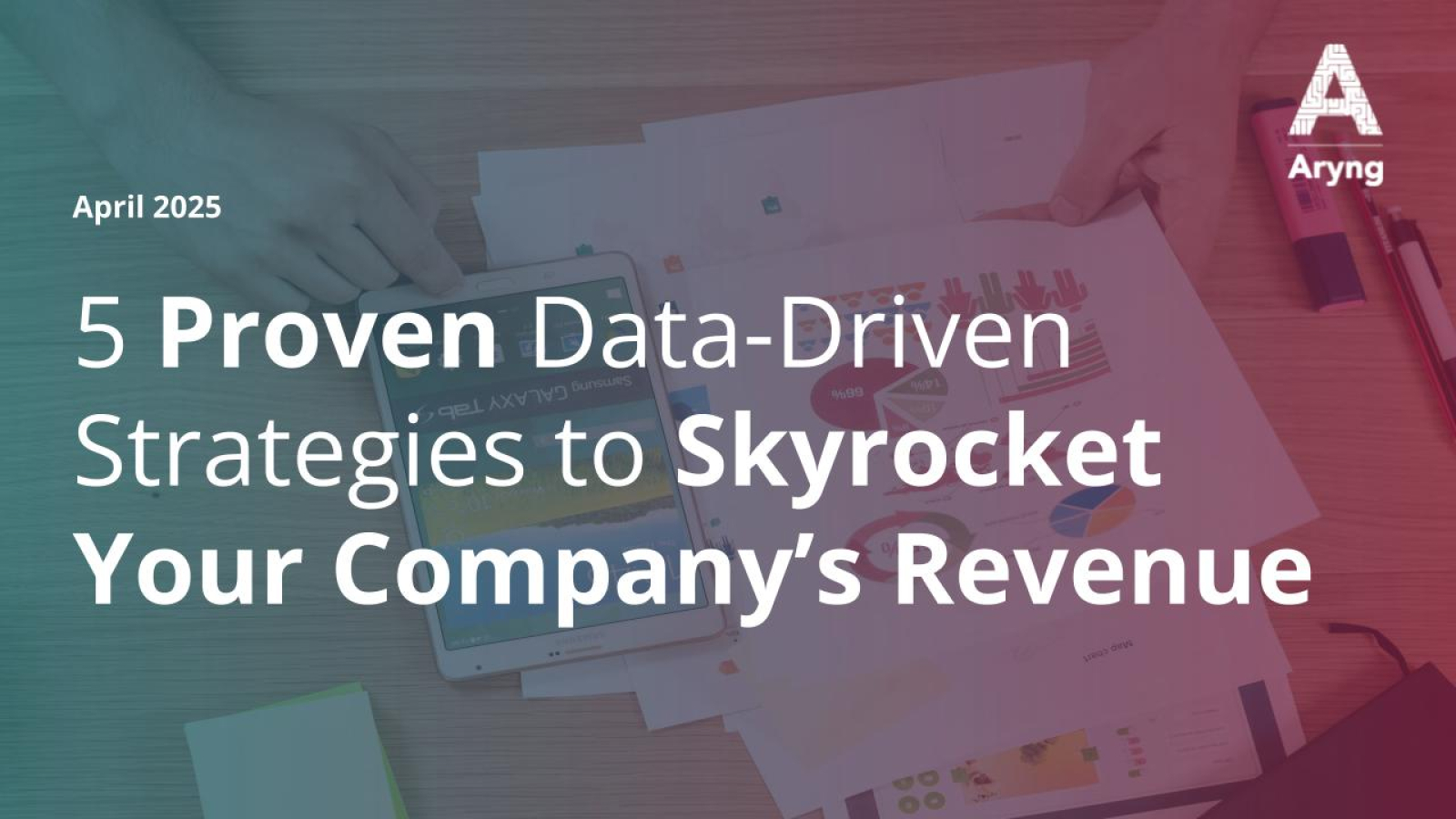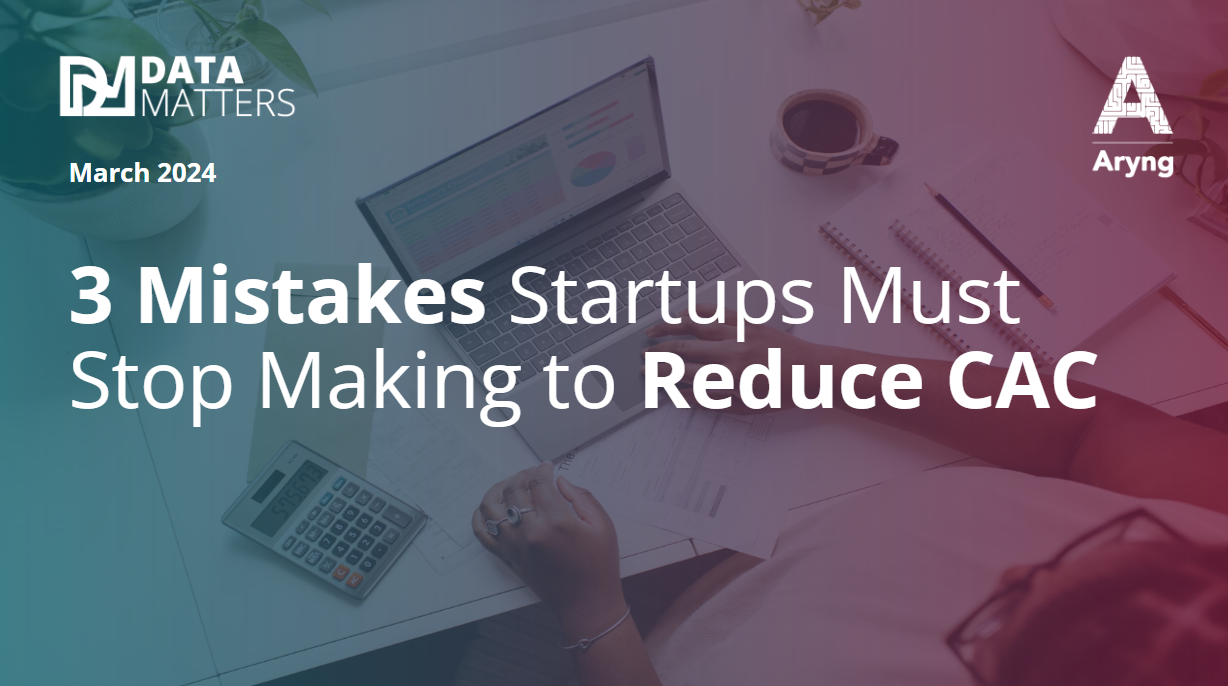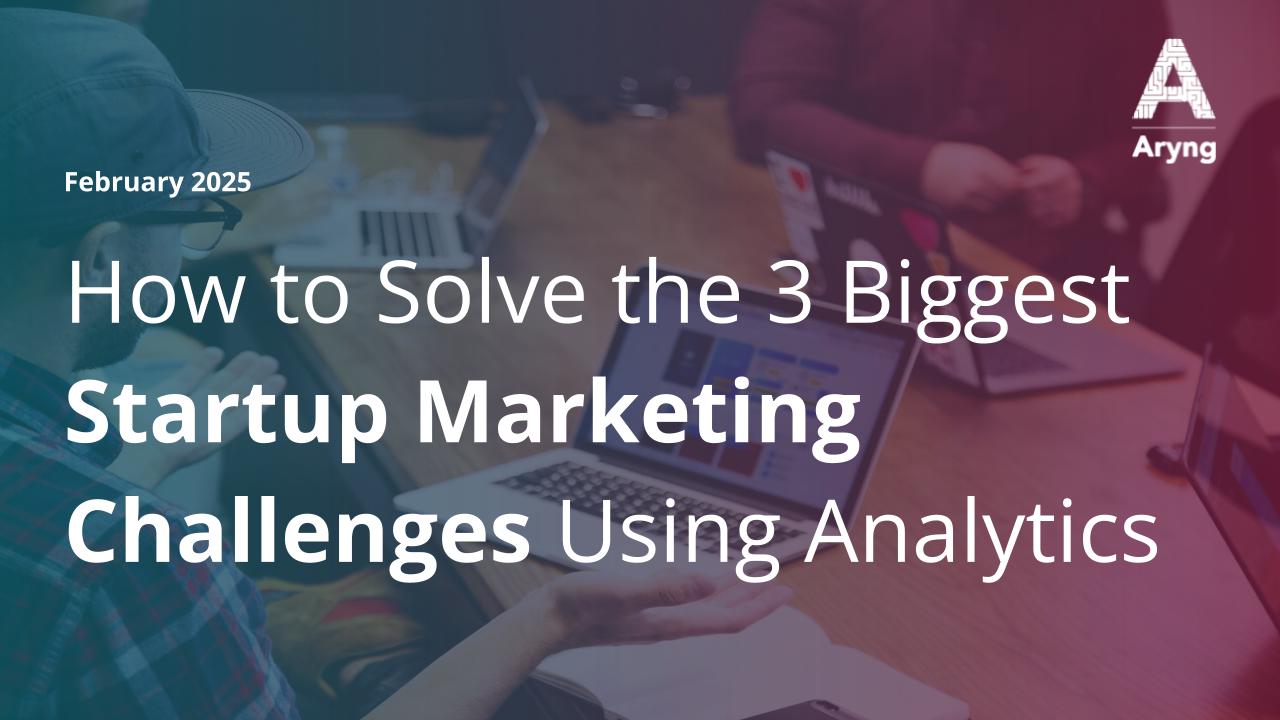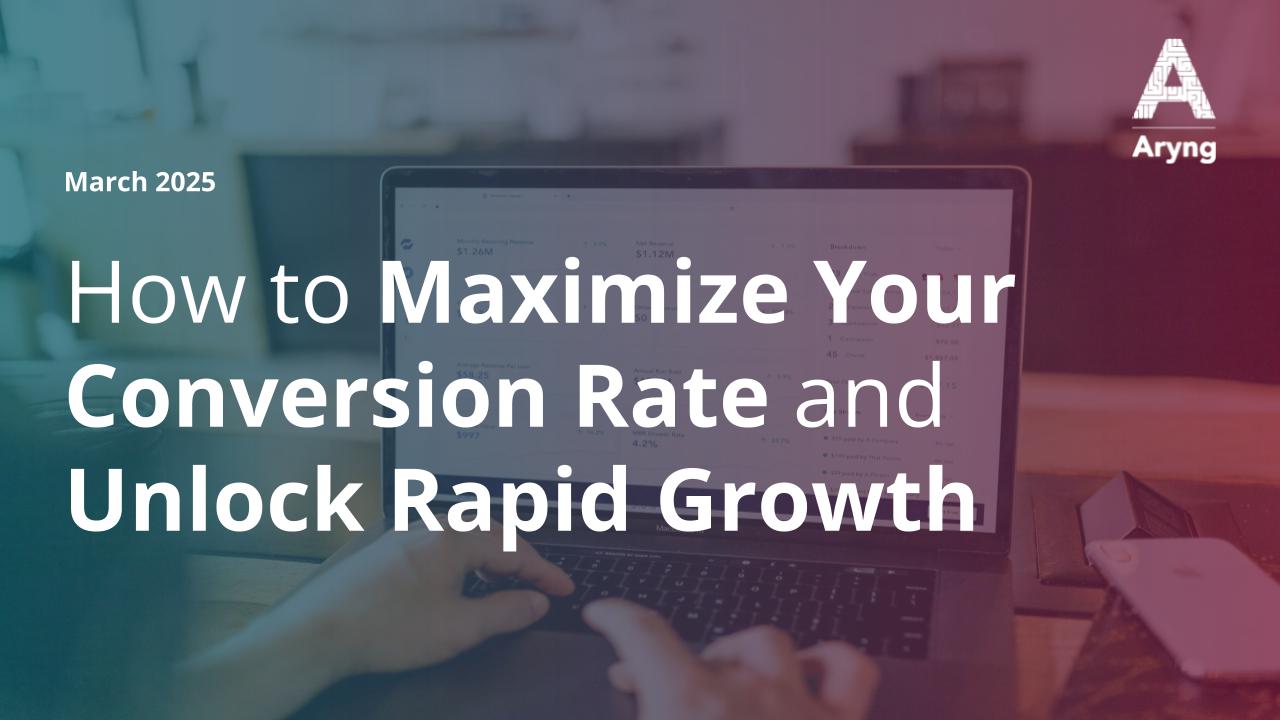If your company’s revenue is stagnating or worse, plummeting, it’s because something in your strategy is broken.
But the good news is that you don’t need to burn more cash on ads, hire expensive consultants, or pivot to something completely new.
All you need is better data-driven decision-making.
How to Increase Revenue for Your Company Using Data
Most growth-stage companies throw money at the problem, hoping that a bigger marketing budget or more sales hires will magically fix revenue issues. But that’s like pouring gasoline into a car with a busted engine. It burns, but it doesn’t get you anywhere.
In this guide, we’ll walk through practical, battle-tested, data-driven methods to increase revenue for your organization, backed by real-world case studies.
1. Identify the Sources of Revenue Leak
Are conversion rates dropping? Are existing customers leaving too soon? If yes, you’re silently losing out on revenue.
So before you even think about optimizing marketing campaigns or launching new features to grow revenue, you need to plug the existing leaks. Growth is important, but it’s just as important to protect what you already have.
- Track the right metrics: To effectively stop revenue loss, you need to understand where it’s happening. At a minimum, you need to track CAC, conversion rates, customer lifetime value (CLV), churn rate, and retention rates. If you don’t have these numbers, you’re flying blind.
- Segment your data: Different customer segments have different behaviors. Analyzing by persona, deal size, and sales cycle can reveal where revenue is being lost.
- Look for hidden patterns: Use correlation analysis to identify relationships between metrics, A/B testing to validate hypotheses, and cohort analysis to track customer behavior over time. These techniques will help you find and address the root causes of revenue loss.
For example, a fintech startup we worked with faced a classic revenue leak scenario: declining conversion rates. To pinpoint the source, our data science readiness assessment revealed fragmented data, making it difficult to understand customer behavior; inconsistent pricing, confusing potential customers; and redundant marketing tools, wasting budget.
These data-driven insights allowed us to target the real problems. We built a unified dashboard, optimized their pricing, and streamlined their ads. The impact was substantial: $8.4M more revenue and $1.7M less in losses.
2. Optimize Marketing Strategies to Increase Revenue
If your marketing team is still making decisions based on hunches or vanity metrics (like impressions and clicks), you’re wasting money. The real question is: which marketing efforts actually lead to revenue?
Vanity metrics might make you feel good, but they don’t necessarily translate into paying customers. Are your social media likes driving sales, or are they just boosting your ego? Are those thousands of website visits converting into leads, or are they just bouncing off your landing page?
Without tracking the right metrics, you’re in the dark. To optimize marketing for revenue growth,
- Track win rates, not just leads: Instead of focusing on how many leads you generate, track how many convert into paying customers.
- Test different marketing mix combinations: Use marketing mix modeling to find the best-performing channels and tactics.
- Eliminate what doesn’t work: Cut spending on ineffective campaigns and double down on what drives revenue.
To illustrate this in action, a SaaS company offering real-time application monitoring wanted to know which marketing tactics actually closed deals. By analyzing past sales and marketing data, we found that free tactics worked better than paid ones, and product trials combined with organic search drove the most conversions. So by creating a marketing strategy to follow up with organic search and direct leads and retraining their sales agents, they were able to generate an extra $1.2M in revenue.
In another case, an online payment company wanted to find the next best product (NBP) recommendation for each of its customers to increase revenue. By using a multiclass decision tree to find segments with higher adoption of certain payment products over others, and then combining this data with historical profits to find the expected incremental profit per product per segment, we were able to enable the marketing team to know which offer to send to whom, resulting in 6x conversion and $20M+ growth.
3. Use Pricing Strategy as a Revenue Lever
Most companies either underprice their product (leaving money on the table) or overprice it (scaring away customers).
These are both costly mistakes.
Underpricing can stifle growth, limit reinvestment, and even signal low quality. Overpricing, on the other hand, can lead to low adoption rates, giving competitors an edge.
Your pricing strategy to increase revenue should be as data-driven as your product roadmap. Don’t rely on gut feelings or competitor comparisons alone. A data-driven approach is essential for finding the sweet spot that maximizes revenue and attracts your target market.
- Run A/B tests on pricing – Experiment with different pricing models (subscription vs. one-time, tiered vs. flat-rate, etc.).
- Analyze price sensitivity – Use historical data to see how price changes affect conversions.
- Bundle strategically – Offer high-margin add-ons or upsells to increase average revenue per user (ARPU).
For example, an e-commerce company wanted us to identify the drivers of growth based on the last few years of revenue and come up with data-driven strategies to improve revenue growth. We adopted correlation and trend analyses to determine the drivers of revenue growth and the segments that performed better than others. Based on this, we recommended a change in focus areas. By shuffling its category and SKUs, the client bundled the recommended category with others and drove revenue growth by 20%.
4. Leverage Data to Drive Upsells and Retention
Acquiring a new customer costs 5-25x more than keeping an existing one.
This reality should be a wake-up call for growth-stage organizations.
While acquisition is essential for growth, neglecting retention and upsells is a recipe for unsustainable business. Yet, many companies make the mistake of focusing all their energy on acquisition, leaving a goldmine of potential revenue untapped.
Focusing on retention builds a stable customer base, reduces churn, and creates a foundation for predictable revenue.
- Identify high-value customers: Use CLV analysis to segment your most profitable customers.
- Personalized upsells: Use behavioral data to recommend relevant upgrades or add-ons.
- Reduce churn proactively: Identify early signs of customer dissatisfaction and intervene before they leave.
Existing customers are already familiar with your product and have demonstrated a willingness to pay. Smart companies prioritize nurturing existing relationships, turning customers into loyal advocates who drive repeat business and referrals.
5. Use AI and Machine Learning for Revenue Growth
Using AI and machine learning to analyze customer data can reveal patterns that drive revenue growth. Instead of relying on gut feelings or surface-level metrics, you can predict which users are most likely to convert, identify high-value customers, and optimize your offerings accordingly.
Embracing AI isn’t just a nice-to-have anymore; it’s a necessity for survival and success.
- Predictive analytics for lead scoring: Use machine learning to prioritize leads with the highest conversion potential.
- Automated A/B testing: Use AI to continuously test and optimize campaigns.
- Chatbots and AI-driven support: Reduce friction in the sales process with automated chat and self-service options.
AI doesn’t replace human decision-making, but it makes your strategy smarter and more scalable. Consider the case of a fintech company, that facilitates microloans, wanted to understand which users were most likely to contribute more over time and how to increase their customer lifetime value (LTV), so they used AI/ML to find hidden opportunities.
A simple decision tree showed that users making multiple loans had a 68% chance of continuing, and those depositing over $53 had a 72% chance of coming back. More advanced models (XGBoost, LGBM) pushed accuracy to 75%, giving the company a clearer view of high-value users.
Based on these findings, small nudges, like encouraging a second loan within three months, added an estimated $500K in revenue over two years.
The Smartest Companies Use Data to Drive Revenue
If you’re searching for strategies to increase revenue for your company, the answer isn’t in guesswork or brute-force spending.
The best companies are laser-focused on data-driven optimization across marketing, pricing, customer retention, and automation.
To recap:
- Diagnose the real problem – Track and segment key metrics.
- Optimize your marketing mix – Double down on what works.
- Refine pricing strategy – A/B test, bundle, and adjust tiers.
- Maximize customer retention and upsells – Don’t just chase new users.
- Leverage AI for smarter decision-making – Automate and scale.
It’s time to stop throwing money at the problem and start using data to fix it.
Instead, book a free, no-strings-attached consultation with our experts to discover the untapped opportunities in your business.
Let’s find your next revenue breakthrough.





